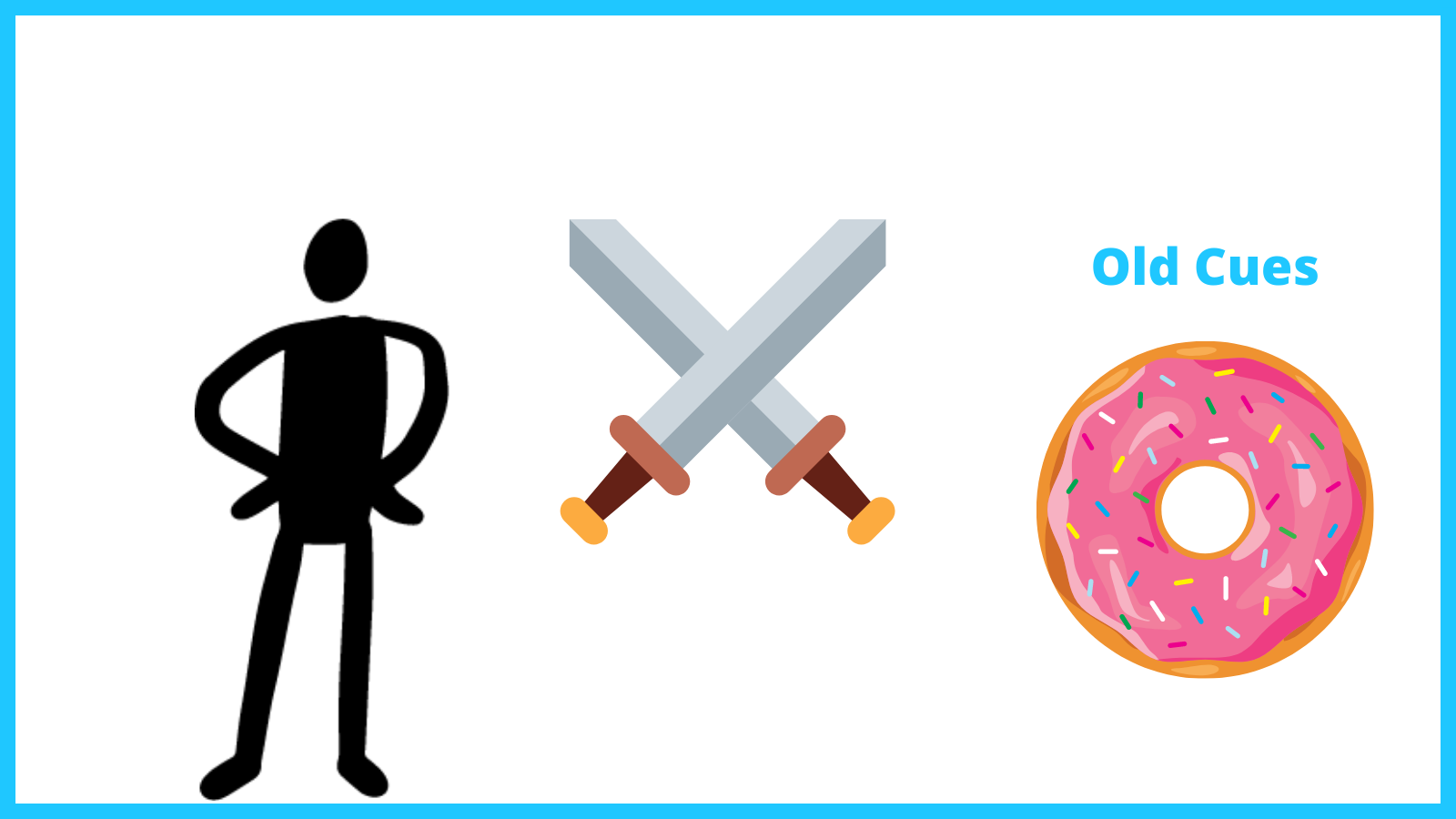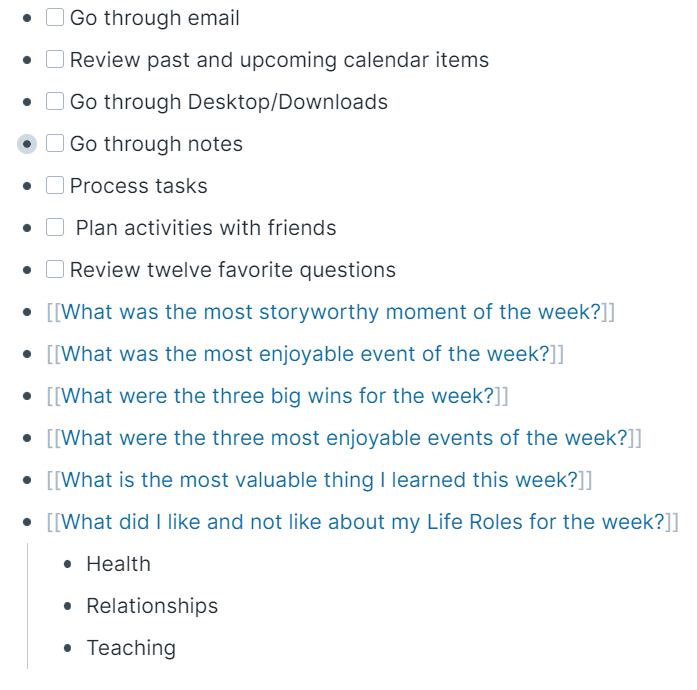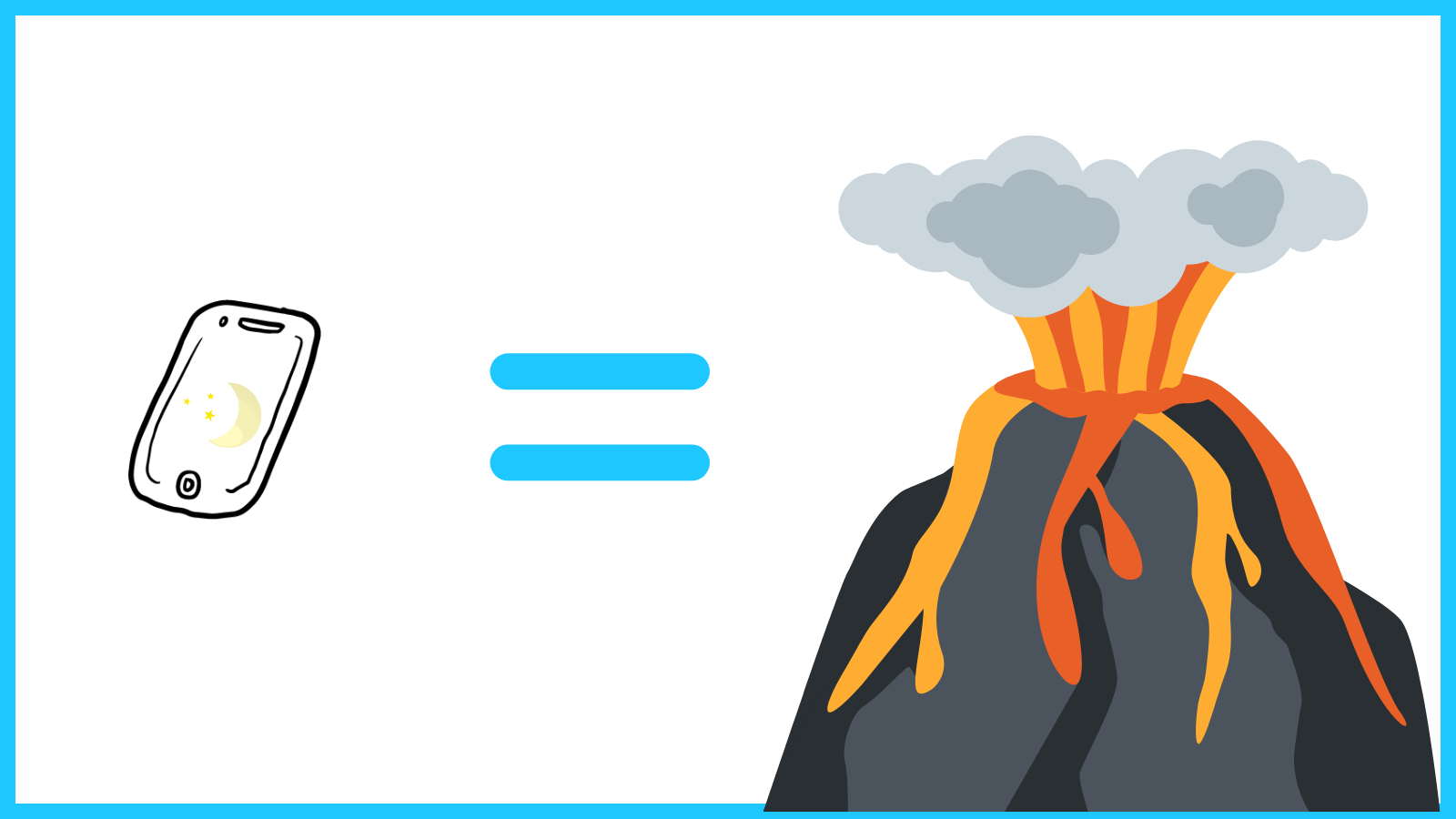🌳Environmental Design: How I Change Habits Without Willpower

To change habits, many people rely on brief spurts of motivation and willpower. But motivation and willpower are limited.
How many times have you felt incredibly motivated and inspired only for it to die after a couple of days? And how many times have you gotten home after a long day of work or school and had no willpower to do the other things you had set out for yourself to do?
But there is a different way.
By changing your surroundings you can place a hurdle in the way of bad behaviors and remove barriers to good ones without requiring motivation or willpower. I call this environmental design.
In this video, I will show you how I have designed my environment to boost my creativity, focus, and health. But first I will go over some key environmental design concepts you can implement in any part of your life right away.
🗝️Key Environmental Design Concepts
Here’s the most important concept of environmental design: think about your environment in terms of the number of steps it takes to do habits. To make good habits easier, reduce the number of steps to perform them. To make bad habits harder, increase the number of steps it takes to perform them.
Here are some examples:
Eat less junk food: don’t have junk food in your house in the first place. This forces you to go outside if you want a quick sugar hit.
Floss more: put your flosser on the bathroom counter or in your toilet bag. This way, it’s right where you will be going anyways for your toothbrush.
Workout more: put your gym clothes next to your bed the night before. With your shoes, water bottle, and clothes next to you as you wake up, it’s way easier to get out the door and hit the gym or a run.
A second important key environmental design concept is it’s easier to build habits in a new environment because you’re not fighting against old cues.

I used this concept during my first semester at Cornell University. It was way easier to build new eating, sleep, exercise, and social routines because there were no environmental cues making me revert to old habits. I started intermittent fasting, began flossing regularly, and set in stone a running and weightlifting regime.
Another insight that has helped me comes from a card game term called conditional statements. Conditional statements are actions you undertake after a certain condition is met. For instance, in Magic the Gathering many cards are only activated after the other player takes a certain action.
I have integrated this concept by increasing the number of ingrained habits that are conditional statements for a new habit I want to build.
For example, when I was first getting myself off of my addiction to video games, I made it so that I could only play when a group of my friends was all online at once. This made my playing conditional to my friends being able to play. Not only did this make me play less video games but it kept me social when I did play them.
One more essential environmental design tip is to make the cues for bad habits invisible and the cues for good habits obvious. For example, my brother has a habit of binge-eating chocolate. After every grocery store run, he eats almost all of it in one day. But by strategically buying small amounts of chocolate and hiding it, he can’t engorge on it in one massive swoop.
Finally, it’s essential to emphasize how influential your social environment is in your life. The cliched but valid saying goes, “you’re the average of the five people you hang out with most.”
Surround yourself with people who you respect and admire. Drop people who suck your energy after every interaction.
Now that we have gone over some general guidelines for environmental design let's get more specific and discuss how I design my environments for creativity, focus, and health.
💡Creativity
As a writer, content creator, and home chef, creativity is very precious to me. Over the years, I have realized that to be creative I have to free mental bandwidth for coming up with creative thoughts.
This is the most important concept of environmental design for creativity: use the external landscape as a placeholder for memory.
For example, while cooking I follow a French philosophy known as “mise en place” which translates to “everything in its place.” It gives me a way to externalize my thinking into my environment and automate the repetitive parts of cooking so I can focus completely on the creative parts.
For example, when cutting vegetables with a cutting board, I use the left side for unprocessed vegetables, the middle for ones I’m currently cutting, and the right is for ones already cut.
Always.
The salt, pepper, and most common other spices are held in a cabinet next to the stove for easy reach.
Always.
Using the environment as a placeholder for memory frees space in my brain for thinking of the next cooking step, holding a conversation, or listening to a podcast or audible book.
I apply this same philosophy of mise en place to my knowledge work by writing things down. Writing down projects, tasks, and future commitments frees up my mind to think and come up with creative solutions to problems. I also free up thinking by standardizing procedures. I create checklists for every repeated process I do, whether writing or creating content.
For example, every week I do a weekly review by cleaning out and organizing my calendar, task management, and knowledge management systems. I use a pre-made checklist I have refined over years to do this.

But I make sure not to write too many things down. I detail the problems with taking too many notes in my video, Is Your Second Brain Making Your Forgetful?.
My creativity also depends on the information I’m consuming. To me, information is like food. Your brain needs good quality information to function optimally just as your body craves a healthy mix of protein, fat, carbohydrates, and all of the different micronutrients and macronutrients.
I change my environment to consume higher quality information through the layout of my phone and computer screens. My phone’s home screen doesn’t have any addictive apps on it. It only has learning apps like Kindle, Podcasts, and Audible. Easily distracting apps like YouTube and Netflix are a couple of tabs to the right.
Notifications are perpetually turned off because I don’t want any distractions breaking me from my flow. BUT AIDAN! What if the supervolcano under Yellowstone erupts and your friends and family can’t reach you? They won’t be able to call you!

I think it’s safe to say if this happens there are bigger things to worry about. I have had notifications turned off for more than a year now and nothing major has happened, thought my mom and brother have been begging me to turn on Whatsapp.
Finally, I have found literally changing my environment gives me more creative thoughts. Novelty sparks creativity.
A couple of months ago I went on a trip to London, The Netherlands, and Sweden. I was exposed to new places, new people, and new cultures. I noticed while writing on the trip that I was inspired much more often.
But I can get a similar effect by changing my environment on a smaller scale. I can go to a new neighborhood or try out foreign cuisine. Just shifting around some plants around my desk or taking off my left sock can make an environment feel novel and spark creativity.
Another thing which has been an amazing change has been working in more libraries and coffee shops at Cornell University. The high energy student environment, interrupted by the occasional sleep deprived engineer helps motivate me to work and study.
🔎Focus
Now that we have gone over my environmental design tips for creativity, let’s talk about some for focus.
The environment you work in plays a massive role in how well you focus. I can’t work in a cluttered environment. Cluttered environment, cluttered mind. I try to keep my work environment as clean as possible. It’s worth mentioning, however, that some people actually seem to work better in cluttered environments. I’m certainly not one of them but it’s not simply a black and white answer.
My desk has my computer, mouse, headphones, mic, keyboard, and of course, my miniature thinking statue, Beatrice the V. I always need Beatrice the V.
But I don’t work with this desk all day. Changing environments between work sessions helps me focus. Every 90 minutes or so I will change the room I’m working in, go from sitting to standing using my standing desk or simply move around a couple of things on my countertop.
While doing this, I’m very intentional about where I go. I try and find a place isolated and far away from potential distractions. Any environment with inconsistent noise, like traffic outside, is a no-go.
As I said earlier, I have notifications permanently turned off so I don’t get taken out of my flow while working. I also set timers before starting work sessions so I don’t have to worry about when to stop.
It drives me crazy when I’m hanging out with friends and they take out their phones repeatedly to check the time for a future commitment. It’s nicer to set a timer and let myself be fully present in the moment.
💖Health
Now that we have gone over my environmental design tips for focus, let’s talk about some for health.
Firstly, I use it to help me exercise. A few months ago, like many gym bros I neglected my cardio training. So I decided to try and build a habit of running every morning.
To lower friction, I set out my running clothes next to my bed the night before. Running was as easy as putting on my clothes, turning on a sick fantasy book, and stepping out of the door.
For my sleep, I have set every one of my devices to automatically turn on night mode. This lowers the amount of sleep inhibiting blue light entering my eyes around 2 hours before bed. I also have a timer set for 9:00 p.m. every night which reminds me to get ready for bed.
For my eating habits, I have rid my environment of most unhealthy foods. There are no Doritos, cookies, or other processed foods even in my house which I thank my family for never having as an option while I was growing up. Out of sight out of mind. The decision on whether to eat them isn’t even necessary.
In addition, ever since reading this buffet study, when serving myself meals I always add the “healthiest” food to my plate first. Apparently, if we add healthy foods first, we are more likely to serve ourselves a more nutritious balanced plate.
Implementing environmental design concepts for habit change is changing my life. I don’t have to rely solely on momentary bursts of motivation and willpower. Instead, I design my environment so I don’t HAVE to use either of these things in the first place.
Check out my video on Optimizing Your Workspace Environment for Productivity and Learning.
You will learn many of the concepts I have talked about in this blog post in more depth as well as a number of other useful environmental design tricks.
Thanks to Ian and Astrid Helfant for the conversations which helped form this blog post.
